Salt Roads and Skeletons
Words by Dalene Heck / Photography by Pete and Dalene Heck
The coastal city of Swakopmund sits on a split landscape. To the south, the bright orange dunes of the Namib desert. To the north, the eerie blank canvas of the Skeleton Coast.
We mapped our route and departed just after nine, making a quick stop to lessen the pressure in our tires, knowing that we were heading onto loose gravel and sand roads. They would also potentially be slick from the dense fog that crept in overnight and was severely limiting our vision. Not the ideal day for a road trip but we were undeterred all the same.
We turned north.
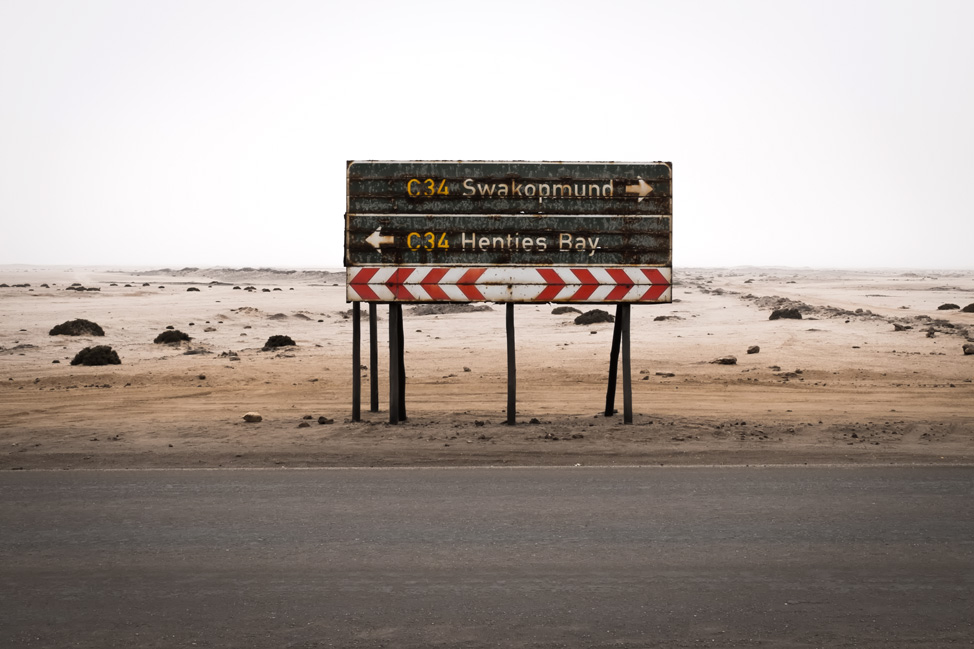
The Skeleton Coast is as menacing as its name suggests. Borne of a book written in the 1940s to chronicle one of dozens of shipwrecks near its shores, the name is now even used on maps to depict a large chunk of the Namibian coastline. Interior Namibian Bushmen called it The Land God Made in Anger and Portuguese sailors The Gates of Hell.Our attraction was immediate and we wanted to see as much of it as we could. While a very large portion of it is closed off and only accessible by air, the entrance to the national park of the same name is reachable in a few hours from Swakopmund. Better planning would have afforded us a night inside its gates, but we only had enough time to get to the skull marked fence and return.
The tarmac quickly gave way to gravel, sand, and even salt-paved roads (consisting of concentrated salt water and hard packed gypsum-rich material) that changed colour with the land. Blonde to rose to black to pumpkin and sometimes streaks of every colour at once.
Traffic faded into the fog, the number of cars we passed lessened dramatically the further we drove until we went over a full hour without seeing another soul.
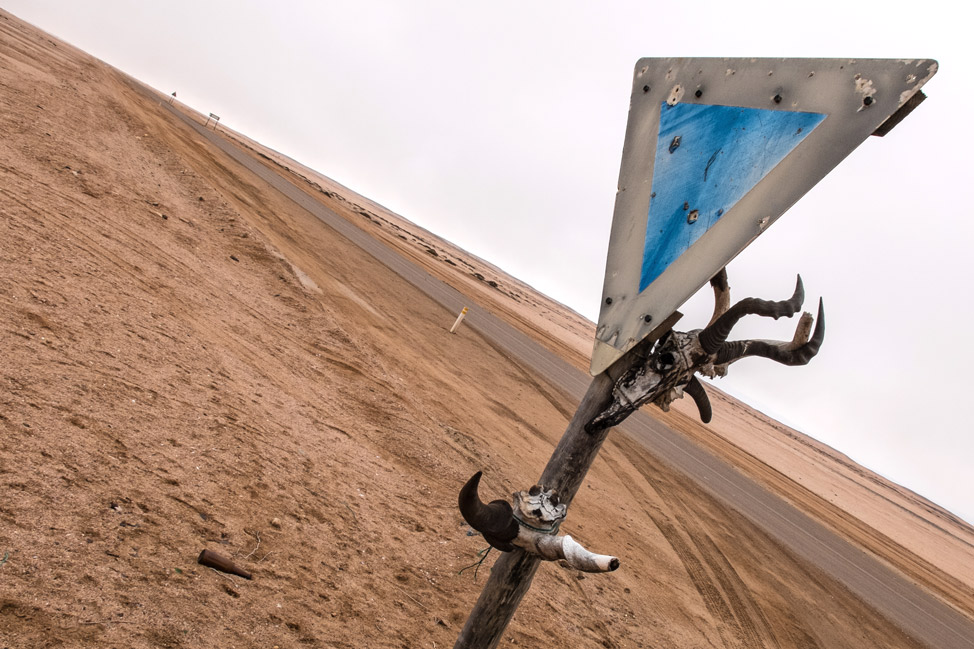
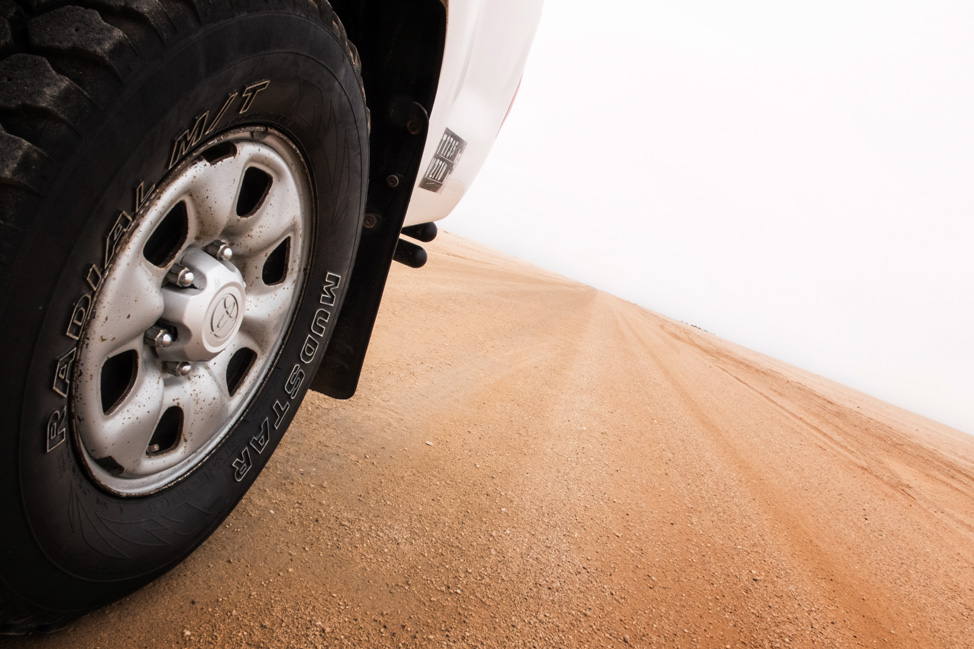
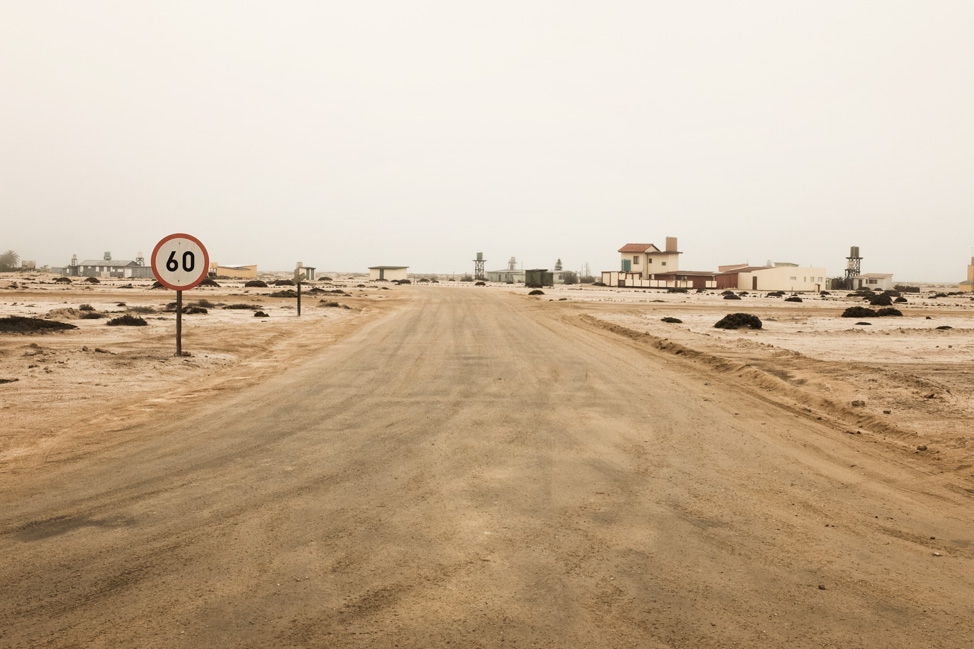
Beneath the fog we could sometimes see waves crashing against the dull coast, the odd fisherman at its edge with enormously lengthy poles. We took turns down several different side roads, once to see the Zelia, a ship stranded in August 2008 when it came loose from its towing line and ran aground. Other times it was just to soak in the eerie ambiance, hear the waves, and feel the salty wind against our faces.
We once veered right when it should have been left and got turned around in the thick fog that hung against the pale land that all looked the same. There were no markers to indicate where we had been or which way back to the main road. We felt completely at mercy to the elements around us, like the ground could open up and swallow us. No one would have known the difference.
Our fear was not misplaced as we read later there are salt pans in the area 100 meters deep that can swallow vehicles.
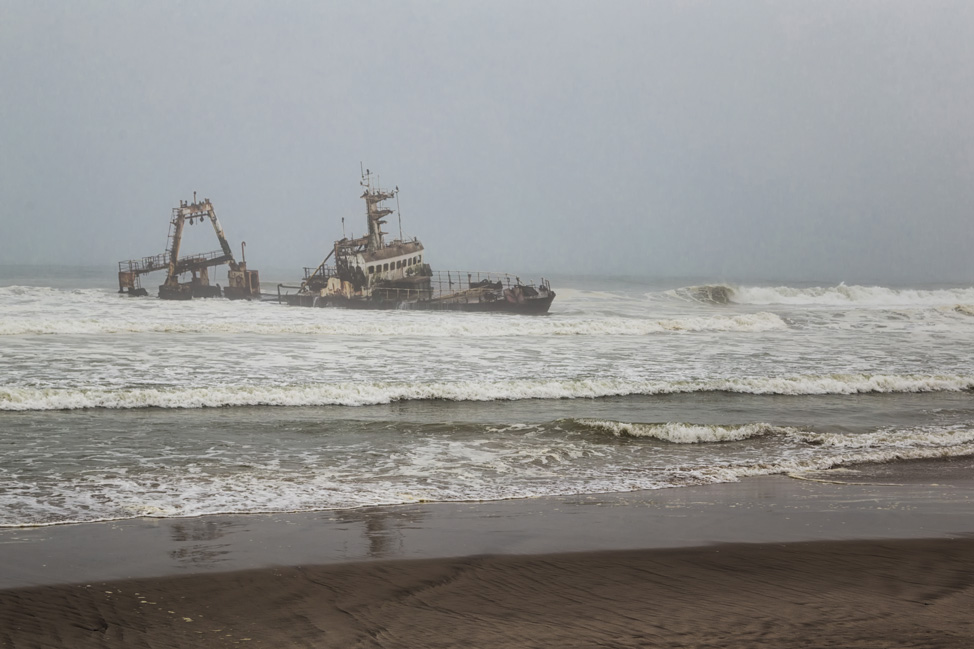
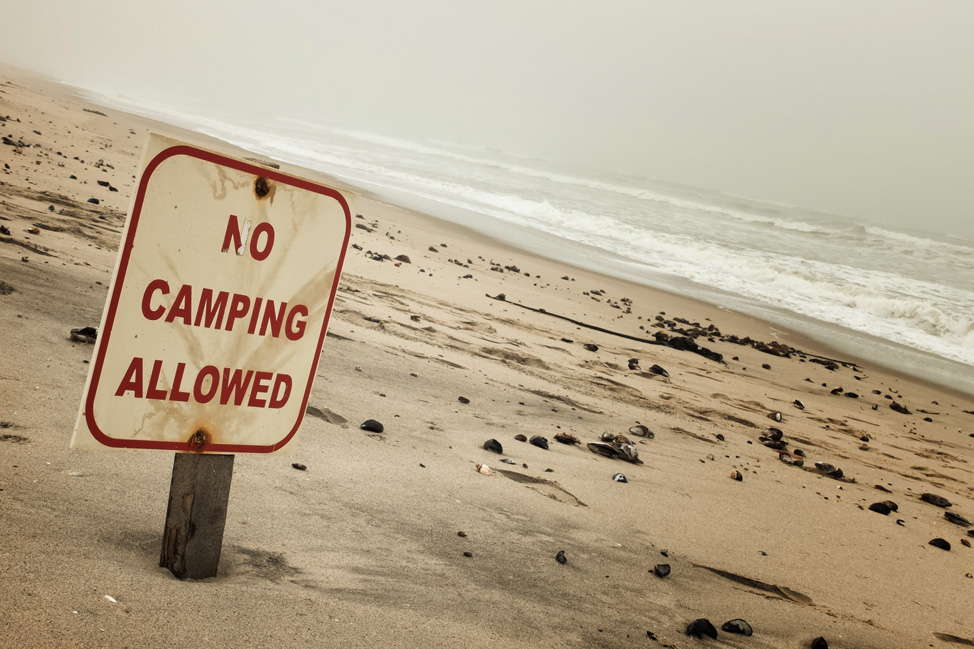
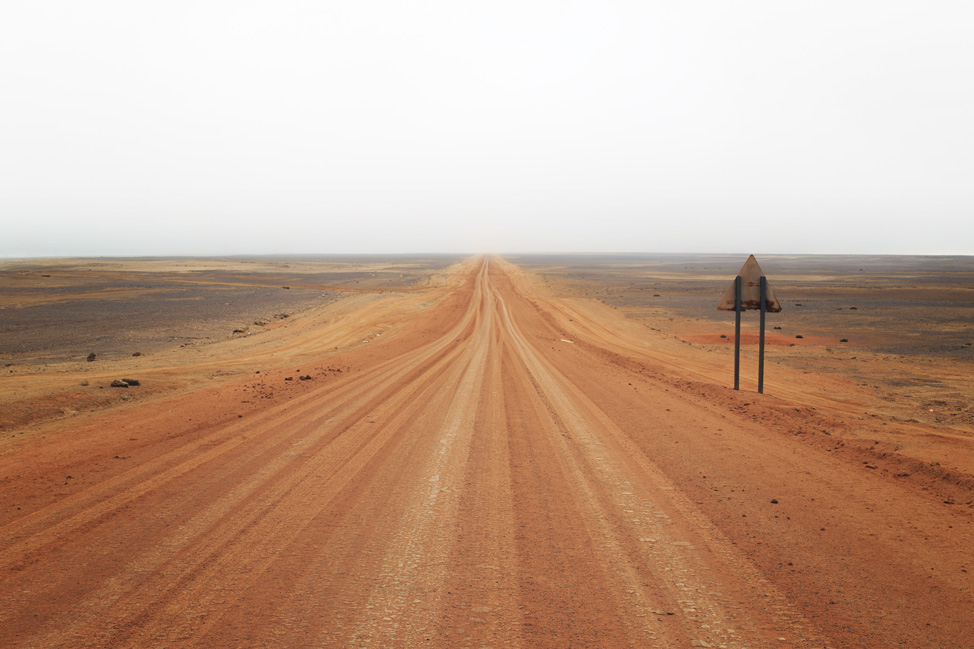
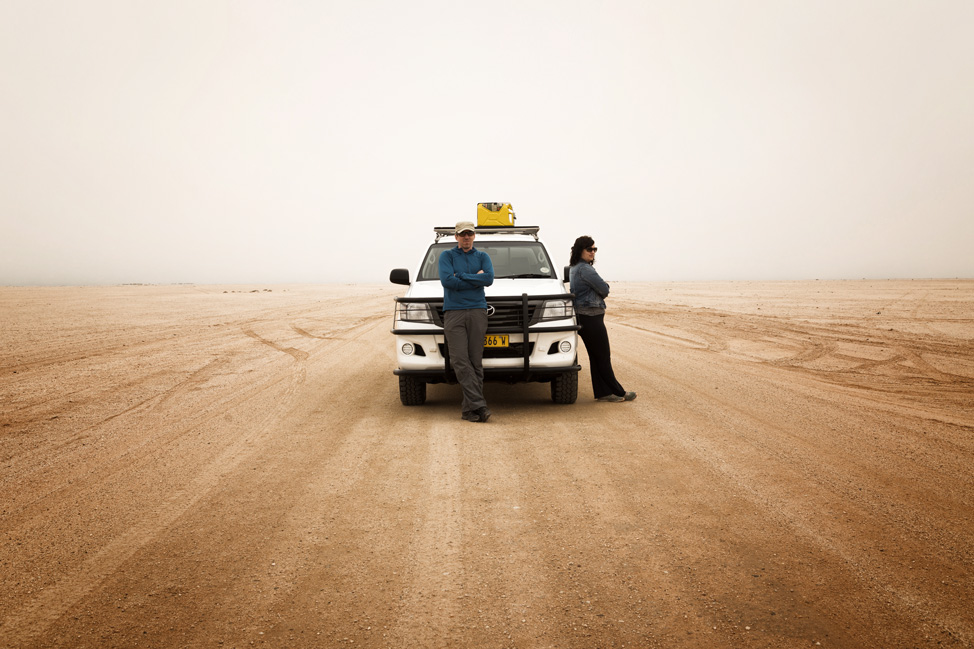
Arrival at the park gate was chilling, we peered past with longing to go further but were unable to, and thus began the long way back on the same road. The fog had lost its battle by then and instead became low lying clumps of cloud. The sun rays reached the earth in patches, making the previously dull colors pop brilliantly.
But yet we stopped less frequently to take photos. Was it that we’d seen it all before or did we prefer the weird and ominous scene of the morning?
Not sure. Probably a bit of both.
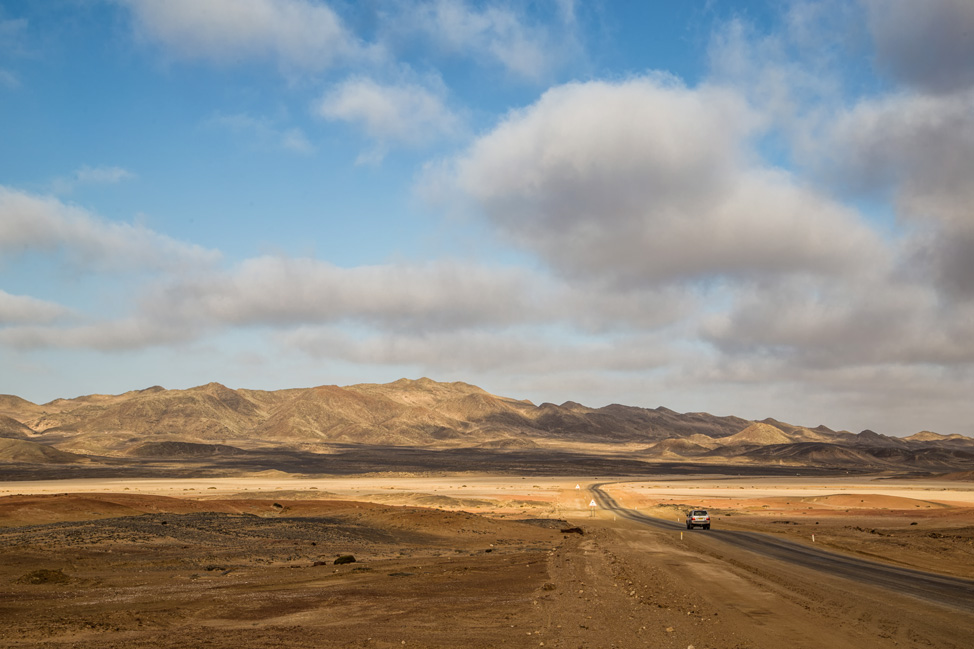
how to do it and where we stayed
There’s a lot of great detail in this post about how to drive the coast (and explains why we couldn’t go past the gate). Note that we also made a stop at Cape Cross – not to visit the seal reserve – but for lunch at the lodge. It was delicious and highly recommended, but otherwise be sure to bring enough food, water, and fuel for the day as there is only one other possible stop along the way for supplies.
We returned that night to this swanky hotel in Swakopmund that we got for a steal (with an upgrade!) because of our booking in low tourist season.
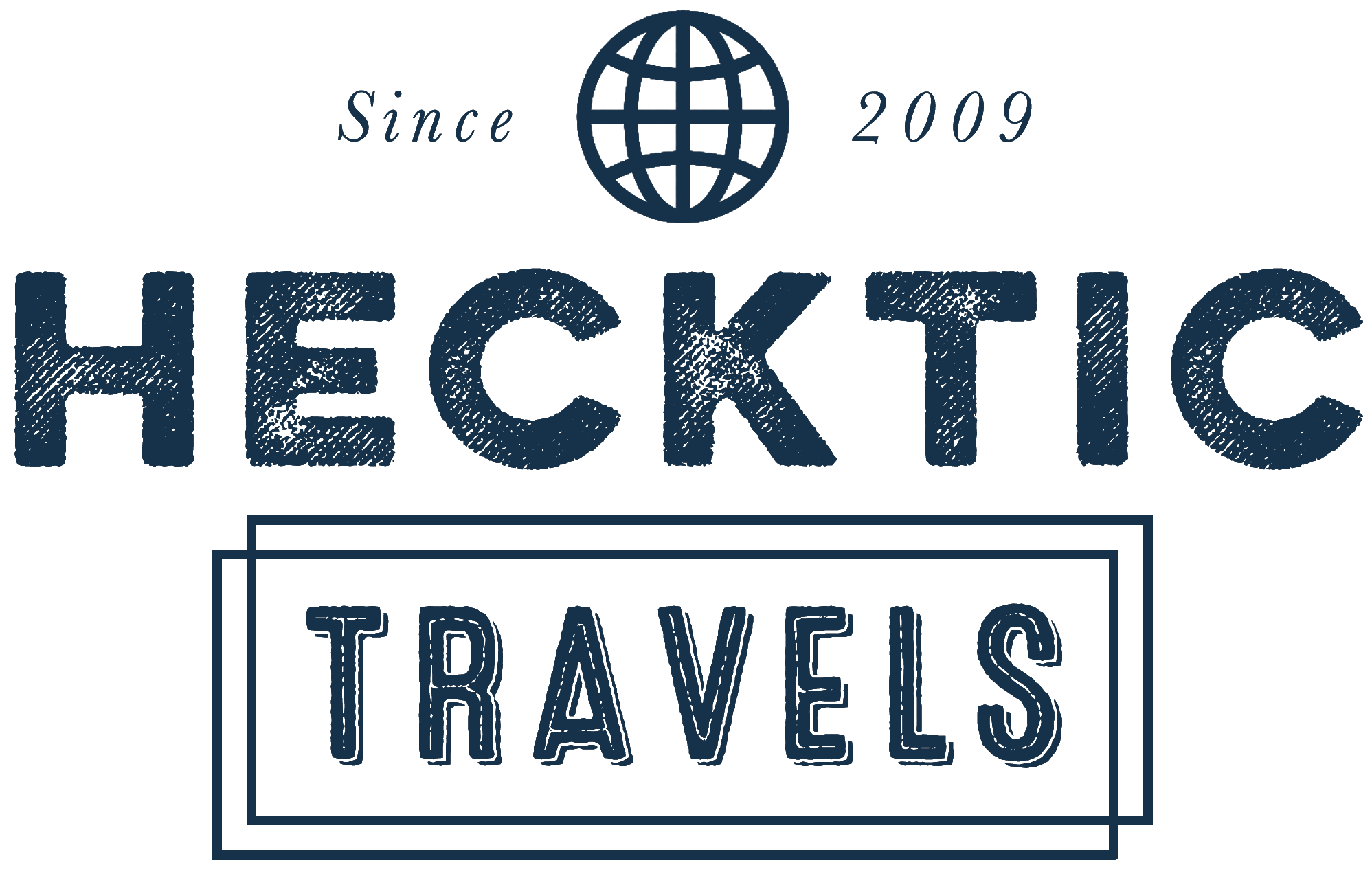
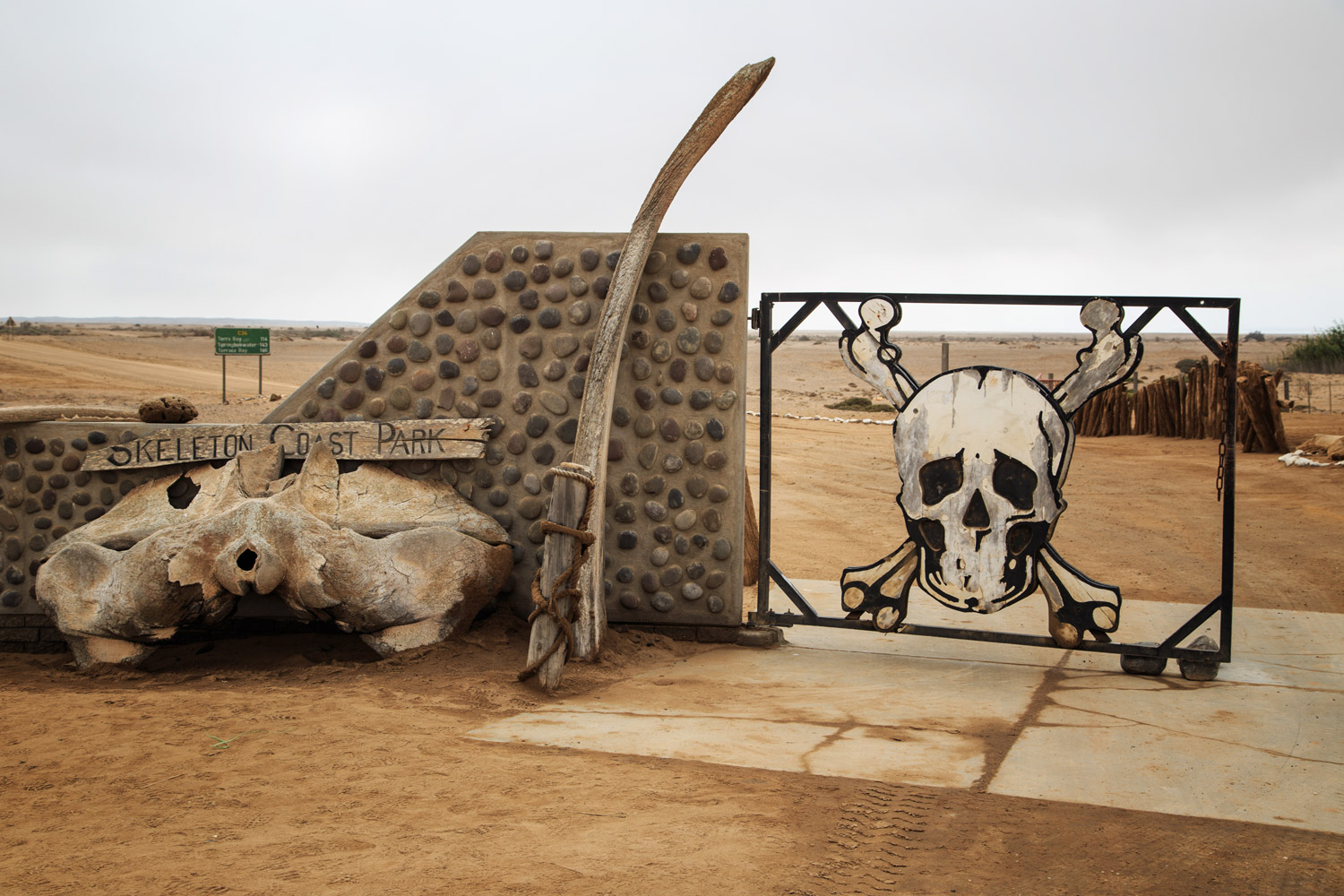
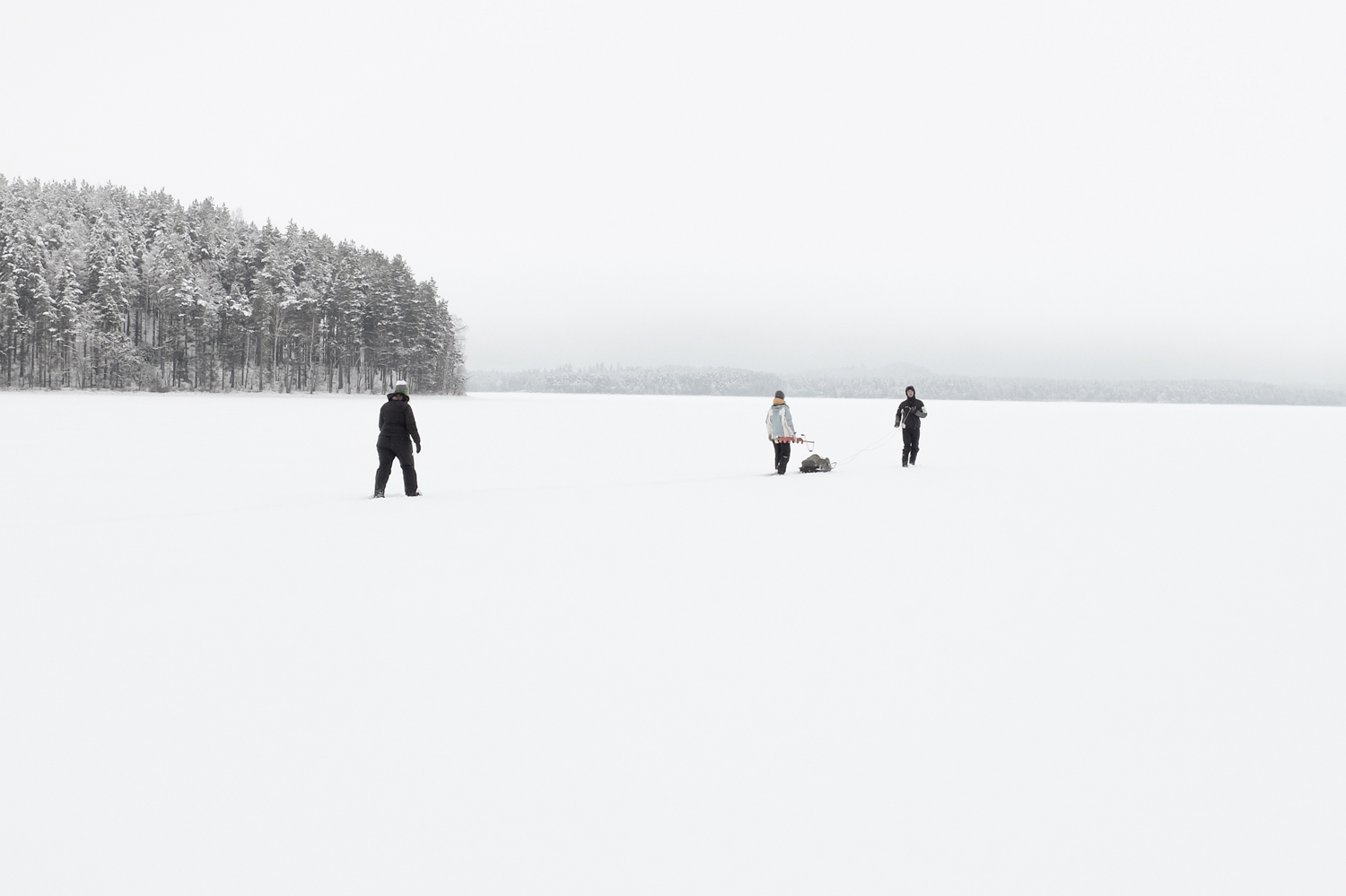
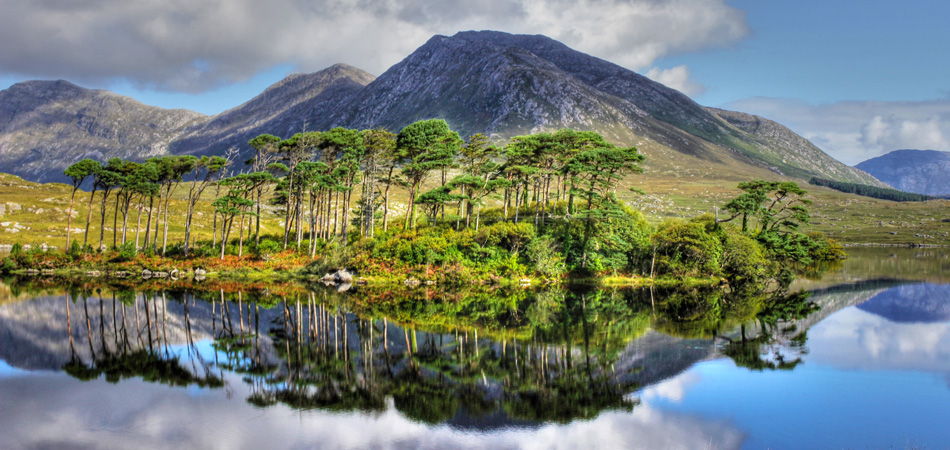
How utterly fascinating! I love the dramatic name ‘ the land god made in anger’ – I mean that is legendary! There’s something so eerily beautiful about these desolate pictures. I love them!
Thanks Pippa! At first it doesn’t appear the most “picturesque” place, but we definitely were drawn in by the ambiance as well. Just so eerie!
Impressive words and photos. I love the arid landscape, never experienced anything like this though…spooky atmoshphere!
Thanks Paula!
Great post, I used to live about 900km from the skeleton coast, but never actually went to Namibia which I regret.
I think if our travels take us back in the direction of home I’ll definitely have it as a must do item.
Your photos are fantastic btw.
Fascinating! This may be the most exotic location I’ve read about in all of the blogs I follow!
That last photo reminds me of San Pedro de Atacama, Chile. There is something very intriguing about such a vast, open, empty, and harsh landscape.
Hi
Gorgeous photos! We are planning a stay at Swakopmund and a drive or a flight to the Skeleton Coast and so your post is very useful. I was wondering if you could give me a few more pointers about the trip? For e.g where can I get a map of the shipwrecks/route? Also do you know if the road and driving conditions is different in winter when we will be visiting (i.e. late july early aug) compared to summer there? Also how long was the whole trip, in hours (including all your stopovers?) Thanks!!
Hi Sujatha – please follow the link given at the end of the article. That post provides a lot of information – our trip was so short that I’m afraid I have nothing more to offer!